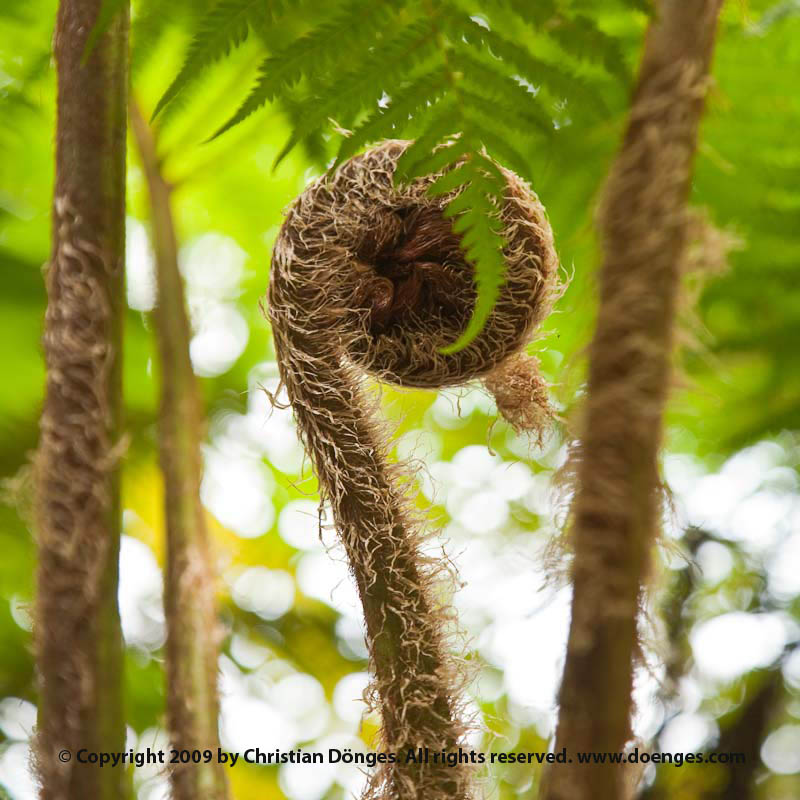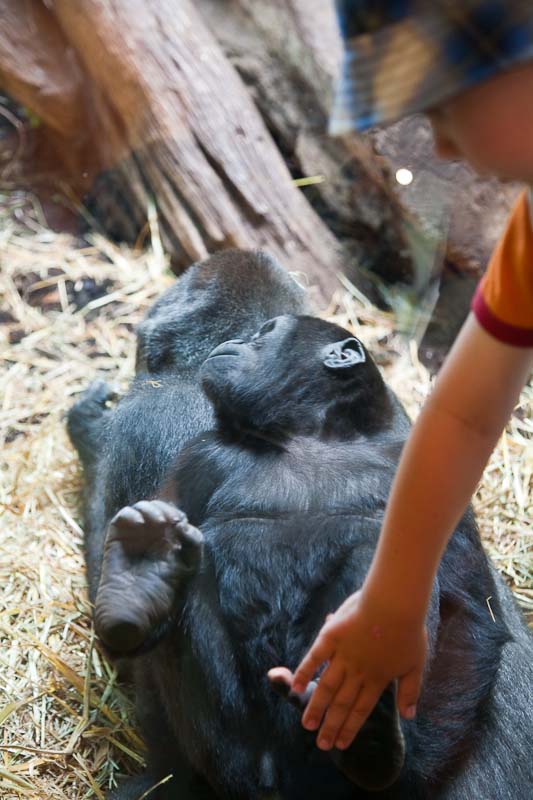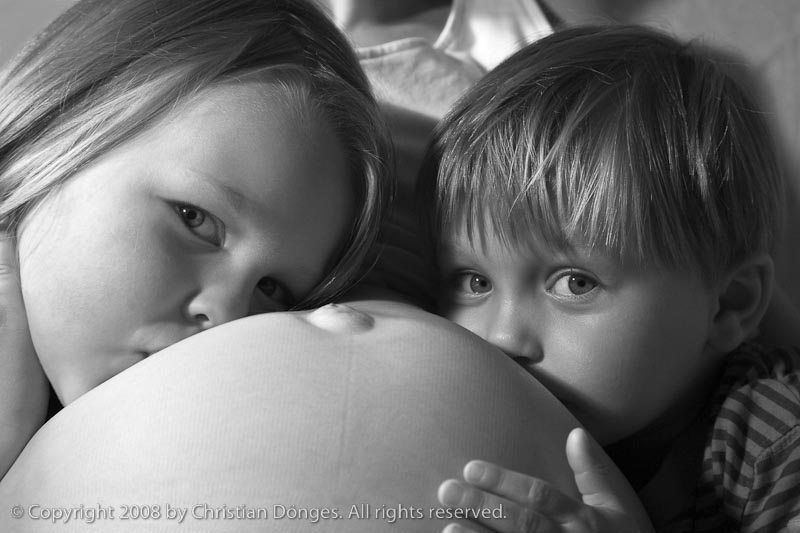A fern leaf unrolls itself from a tightly wound spiral towards the light as it grows.
Ferns as a group are quite old – the fossil records date back to the early Carboniferous period, so roughly 360 million years ago, have been found. Isn’t it amazing that organisms are so well adapted that the species survives almost 400 million years and shows no sign of weakness?
Even though this long history is certainly not unique to ferns, I always get the feeling that a dinosaur might peek through the leaves at me when I come across a fern … 😉








